Microsoft BUILD: Windows 8, A Pre-Beta Preview
by Brian Klug & Ryan Smith on September 13, 2011 12:05 PM EST- Posted in
- BUILD
- Windows
- Microsoft
- Windows 8
- Trade Shows
The Metro UI
The best way to describe Windows 8 is a cross between the Metro UI from Window Phone 7 and the desktop architecture of Windows 7. In fact, virtually everything but the desktop gets a Metro treatment in Windows 8.
The Windows home screen starts initially hidden behind a lock screen virtually identical to WP7’s - slide up on a large edge-to-edge background to unlock. Inside is the Metro start screen, which is comprised of a grid of live application tiles that behave almost identically to those in Windows Phone 7. Two sizes of tiles serve as both application launch shortcuts and notification areas that can be populated with notifications, graphics, and other status indicators.
The tiles populate a horizontal strip that can be scrolled back and forth, and tiles can be rearranged accordingly. There are a few new gestures here over what we’ve seen before in WP7, including a swipe up to select a tile, and multitouch scrolling plus tile repositioning. Swipe up on tiles, and you can select them to convert size, uninstall, or unpin from the home screen.
The new start menu is more than a user experience oriented at tablets, it’s also the design language Microsoft has adopted for the entire new Windows 8 experience.
The thing to realize is that this modality isn’t so much a view as it is a combination of both new start menu, new interface for making Windows usable from a mobile perspective, and a completely new interaction paradigm. The interface is designed to perform and behave in the same way across multitouch, active digitizer, and keyboard+mouse combinations.
There’s another set of gestures and features as well which make use of the four edges of the display. The top and bottom are reserved for application-specific functions, the left and right are reserved for two Windows 8 specific tasks.
Sliding one’s finger from the left edge onto the display allows for both fast application changes, and the multiple-window snap functionality that’s been demoed already. The split is roughly 1:4 and divides horizontal real-estate between two applications views at once. The narrower of the two requires some additional development support, but the aim is to create a workable touch interface without sacrificing multitasking.
Swiping a finger from the right edge of the display towards the center brings up what Microsoft calls charms. This is a view that includes status indicators, and functionality like search, share, start, devices, and settings.
These respective shortcuts then bring up panes that occupy the same area on the right, and do what you’d expect. Settings for example is a place each application to build out a preferences area, so that each application has a common place users will go to control things.
Likewise, share acts like an intelligent copy paste, sharing working elements between applications. Finally search can either look through files and applications or dive into strings surfaced by other third-party applications.
These left and right based gestures exist across not just the Metro-infused start screen, but the entirety of Windows.
Moving around and getting back to the home screen is accomplished by pressing the Windows button, which on the tablet we were loaned is its own physical button analogous to iOS’ home button. Pressing the keyboard windows button performs the exact same action and summons the start menu.
The current set of first-party applications is pretty spartan. There’s no maps, mail, or camera application, though Microsoft has already bundled a set of its own internally-created applications. These are entirely Metro themed as well. I mention camera because the sample hardware includes a front facing and rear facing camera, and at present the only way to access them is through the change user tile picture function, which can capture a photo from the front or back webcam.
Throughout the entire OS is a very WP7-like virtual keyboard, which supports a full size and thumb keyboard mode. There’s also a handwriting recognition mode which has two lines of handwriting input and is styled similarly to Windows 7’s tablet input keyboard.
The keyboard can be docked to the bottom of the display or detached and dragged around as well. I find that the split keyboard accommodates typing with thumbs and holding the device midair quite well.


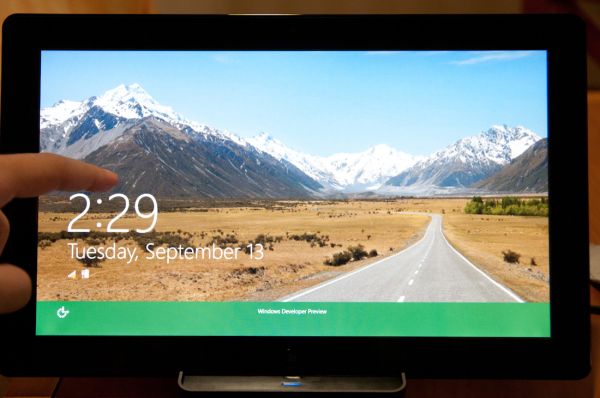
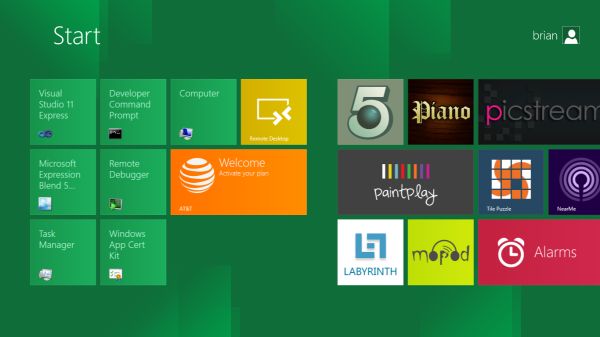
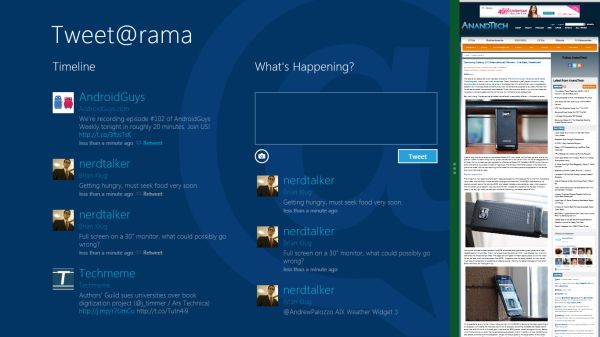
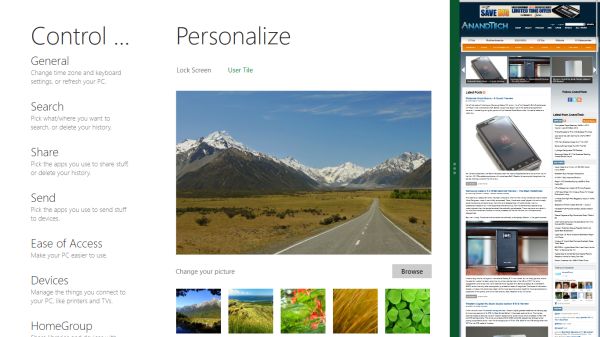

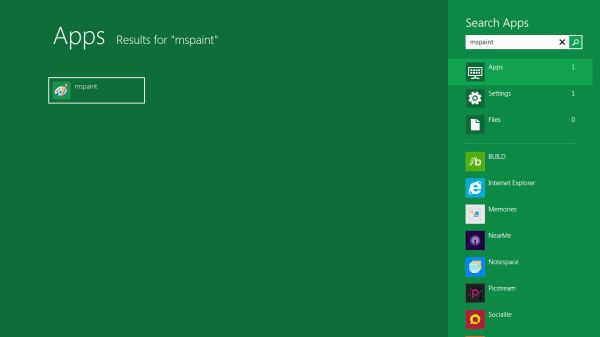
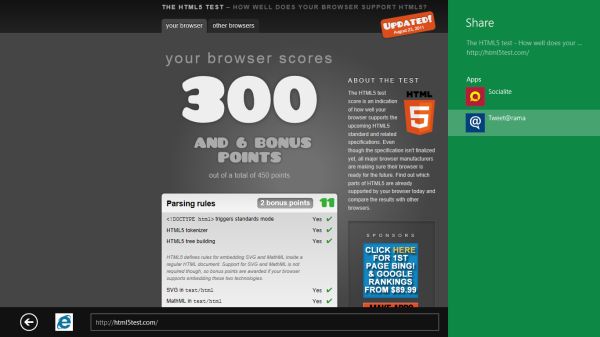
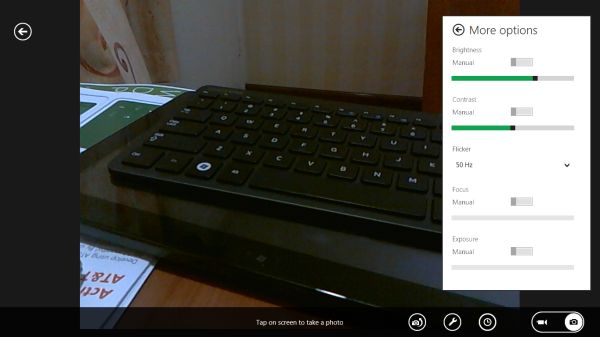
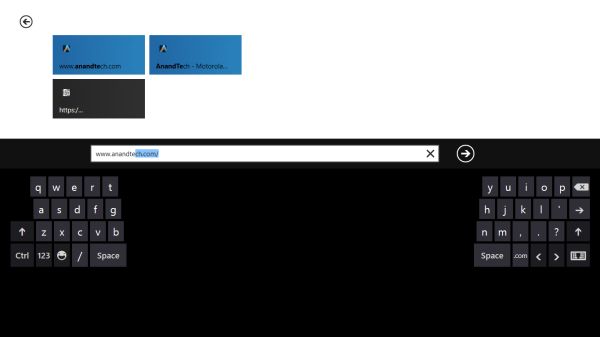








235 Comments
View All Comments
UMADBRO - Wednesday, September 14, 2011 - link
Nah, they are fairly arrogant over there too. If you want to stay firmly rooted in the past, then dont upgrade. Otherwise, adapt and move on. Simple as that.UMADBRO - Tuesday, September 13, 2011 - link
Good luck. All I hear on here is the gnashing of teeth, because ,*gasp*, people might have to try something new. I can already read the reports of people collectively croaking, still clutching their copies of Win 3.11 in their cold, dead hands.Seriously, give it a goddamn shot before you automatically decide you hate it, you close minded asshats.
Exodite - Wednesday, September 14, 2011 - link
What's your angle?Serious question, as I find it inconceivable that a mere user - let alone someone that's actually never used the discussed software - are so adamant about defending it to the point of absurdity and personal attacks.
Needless to say I have a theory myself but I'd rather hear it from you.
UMADBRO - Wednesday, September 14, 2011 - link
I just dont get why people wont even give something new a chance before they absolutely hate it. Its just retarded, IMO. Give it a chance. If you dont like it afterwards, then thats fine. At least you tried it.Personally, I have the dev version downloaded and am going to keep an open mind when I give it a shot. If I dont like it afterwards, I wont hesitate to let people know why I dont, with an actual reason why, instead of going around blaring "Herp its stupid derp I dont like it" and not having ever booted it up one time.
UMADBRO - Wednesday, September 14, 2011 - link
And please, pray tell your "theory" as Im not really defending it as much as letting people know what I think of them for being narrow minded.frozentundra123456 - Tuesday, September 13, 2011 - link
I have to say I hate this interface too. Why does microsoft seen to want to make everything look like a smart phone (or a cash register at McDonalds!!).This touch interface might be OK for a laptop or tablet, but I cant imagine sitting at your desk and using it on a separate monitor. It would be like doing a continuous series of sit-ups as you move closer to the monitor to touch it and back away to read it, not to mention finger prints everywhere.
Unless you can easily turn off this interface and go back to a conventional desktop, this would be a deal breaker for me as to buying a computer with this OS.
TEAMSWITCHER - Tuesday, September 13, 2011 - link
There has been much mobile OS development in the last 5 years with iOS, Android, WebOS, MeeGo, Symbian, RIM, etc. A lot of design ideas for touch screen OS's have already been copyrighted, trademarked, or patented. Microsoft bought a scrappy little company called Danger that made the Metro UI, and it may be the only thing they can do now that wouldn't infringe on the IP of established players.Microsoft has a big problem here. Desktop power users won't use the Metro GUI because it would just slow them down. And new Windows 8 Tablet users (running ARM processors) can't run applications from the existing Windows universe. Microsoft is trying to leverage the broad appeal of Windows in the mobile market, but this is pretty weak leverage.
Finally, that touch interface looked like a complete failure. How many failed swipes to open/close a fly-out menu can a human being endure? Be careful Microsoft, this is starting to look a lot like Vista!
cjs150 - Wednesday, September 14, 2011 - link
"It would be like doing a continuous series of sit-ups as you move closer to the monitor to touch it and back away to read "You have got it. MS enters personal fitness market!
Belard - Tuesday, September 13, 2011 - link
I hope MS already knows how to handle this...The mouse wheel should fly the tiles left to right. Sure the wheel is pointed in the wrong direction - but its not hard to figure out and besides - a HOR. mouse wheel won't work. Even Logitech's wheels that have side to side scrolling just sucks.
Anyone with a rotating monitor (or manual rotate your whole monitor) can try this. Go to an image site that has normal up and down scrolling. Make your browser long up and down.... then use your wheel to move the whole page of photos (pretend they are tiles).
Or turn your head to the side.
Sladeofdark - Tuesday, September 13, 2011 - link
the interface looks hideous just like phone 7 does. i just dont get it.. its like they HAVE to mess up every other OS. i can see how the metro tile theme could be good for old people , or my older brother whom is not tech savy. But it should not be the MAIN way of using the OS. I hope it doesnt make it like Aero really didnt "make it" into vista.. but Vista was still garbage. gosh.. this love hate back and forth thing is bad for my heart lol.